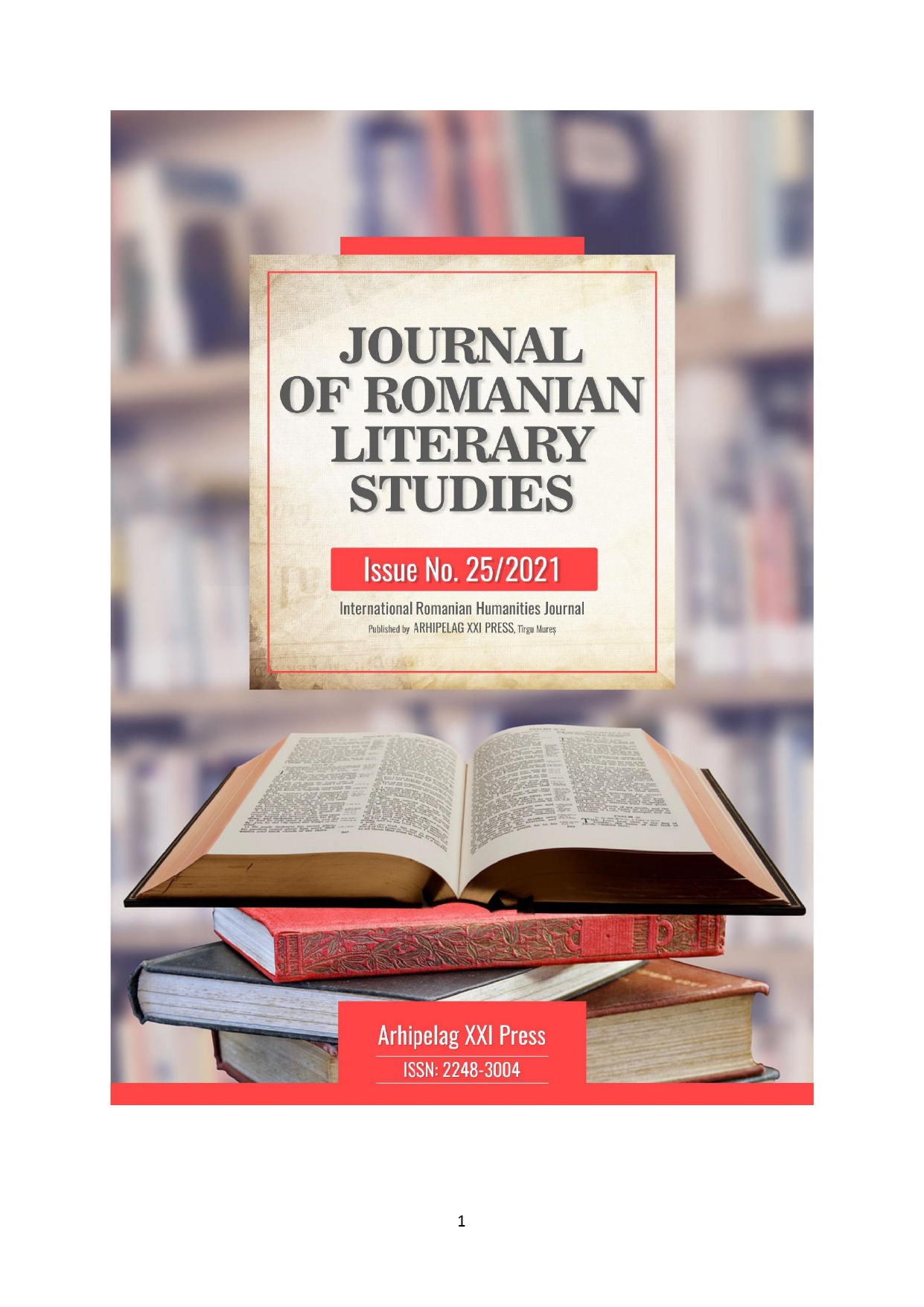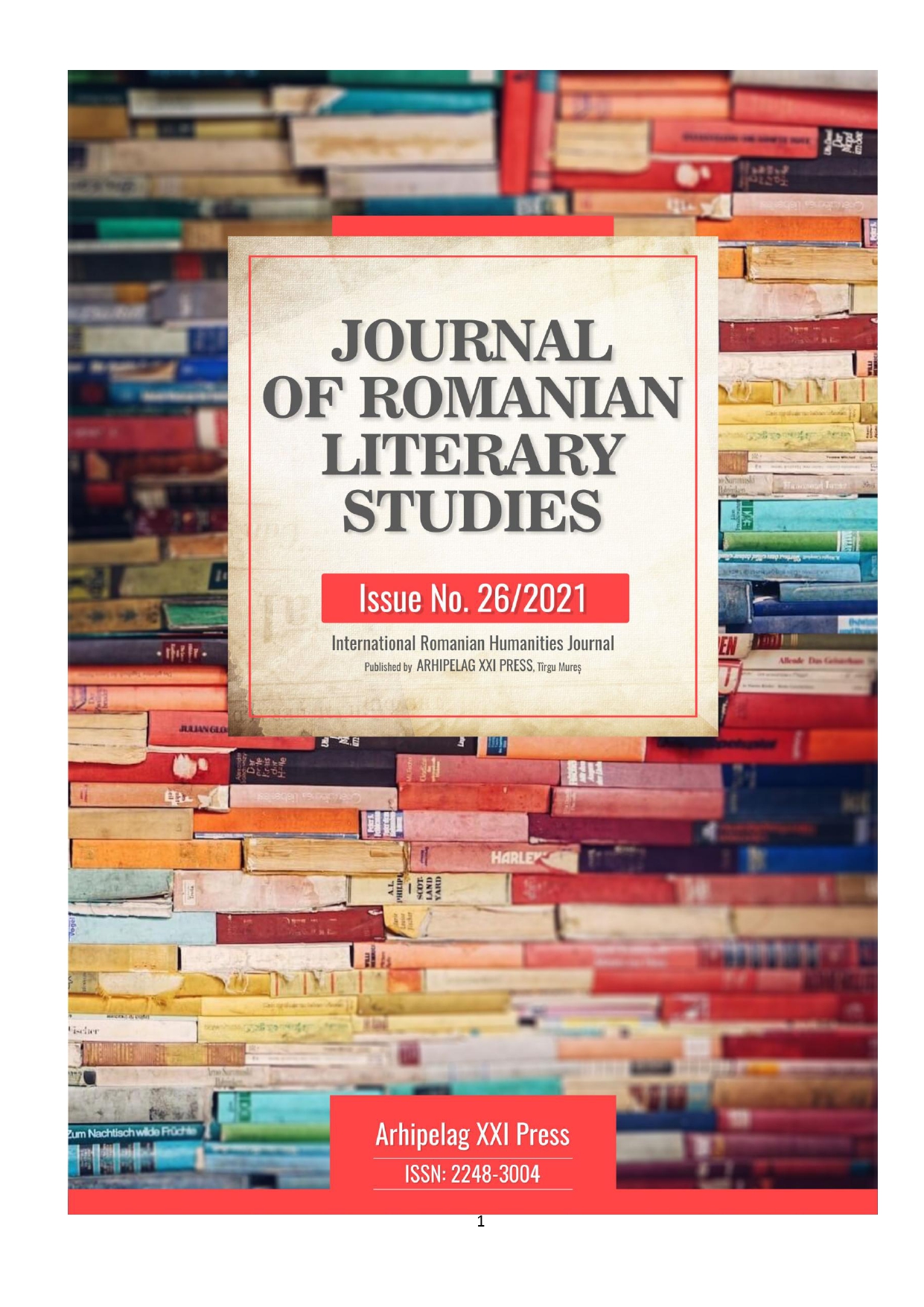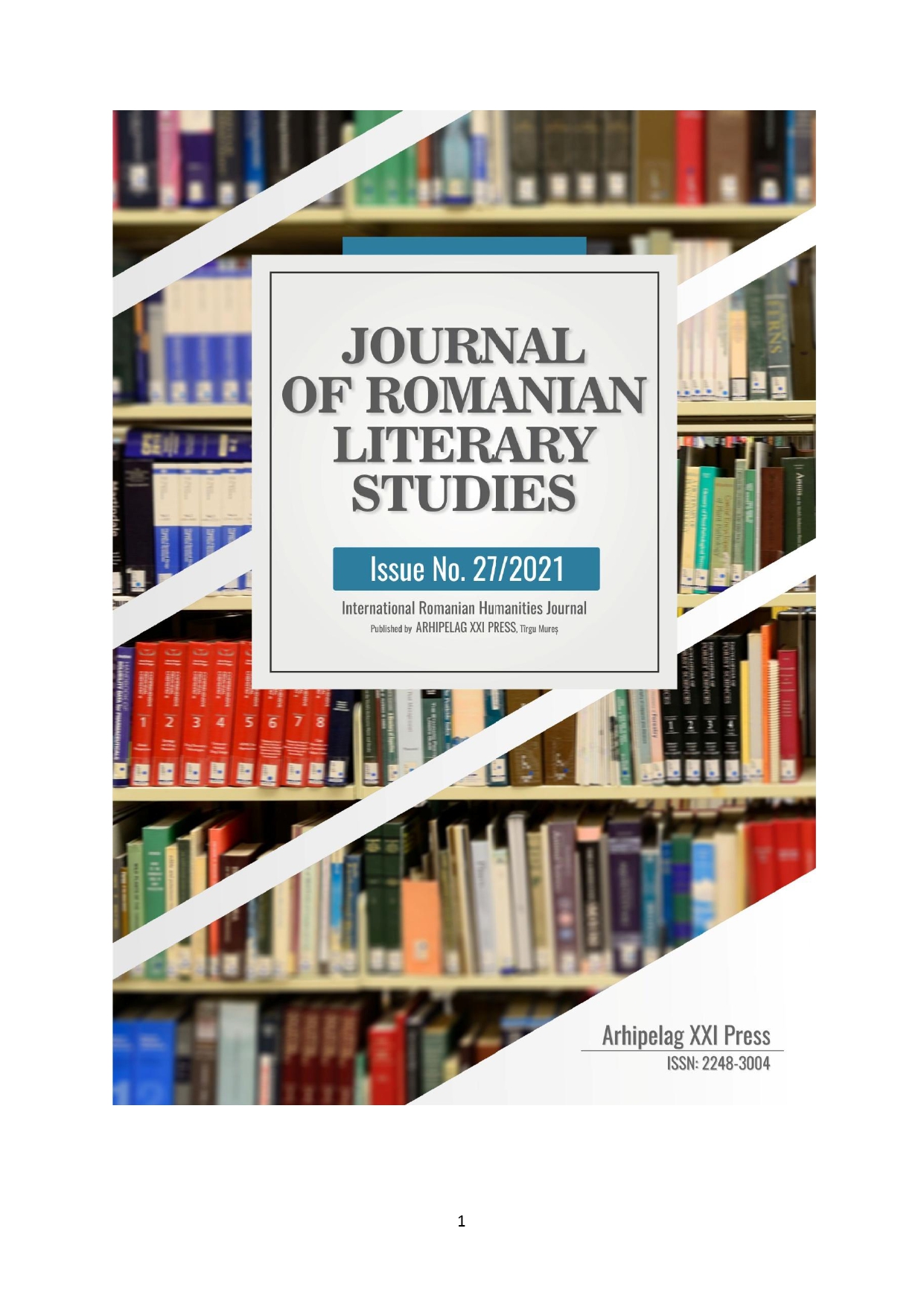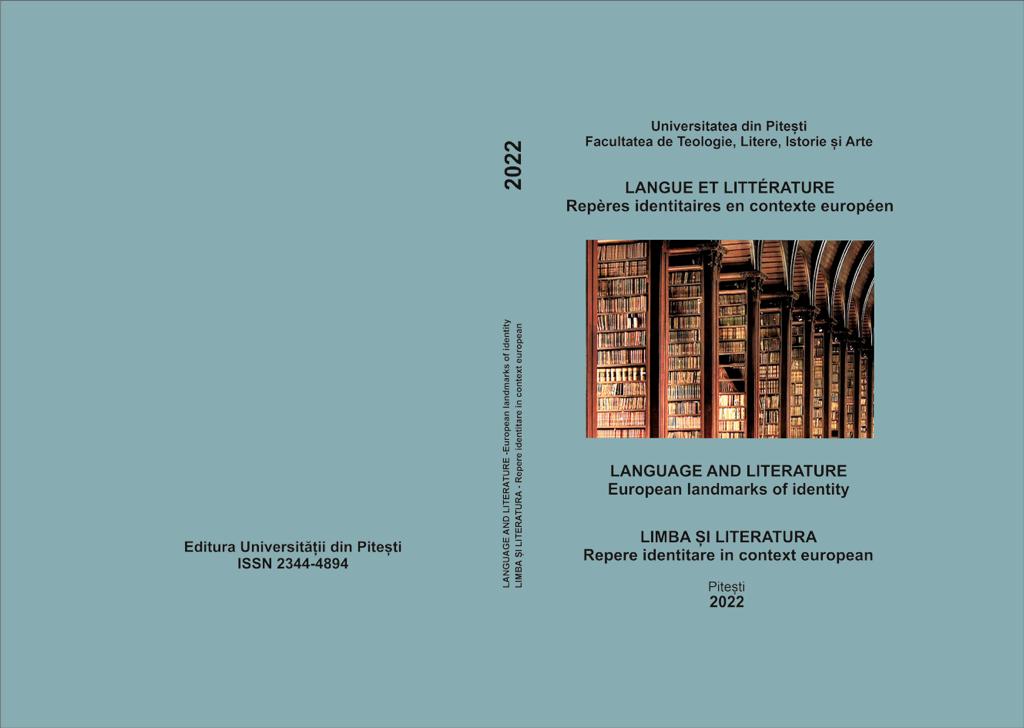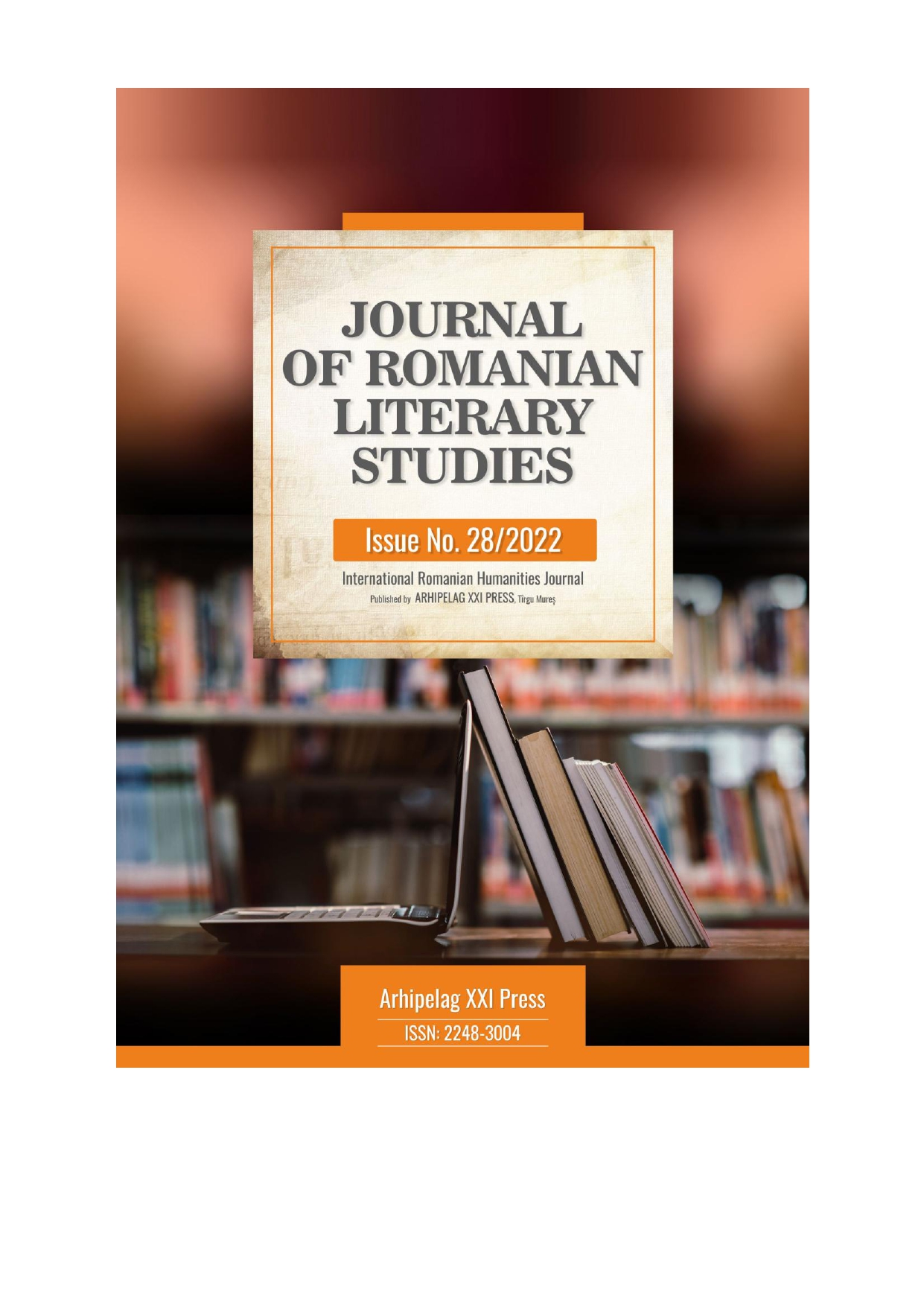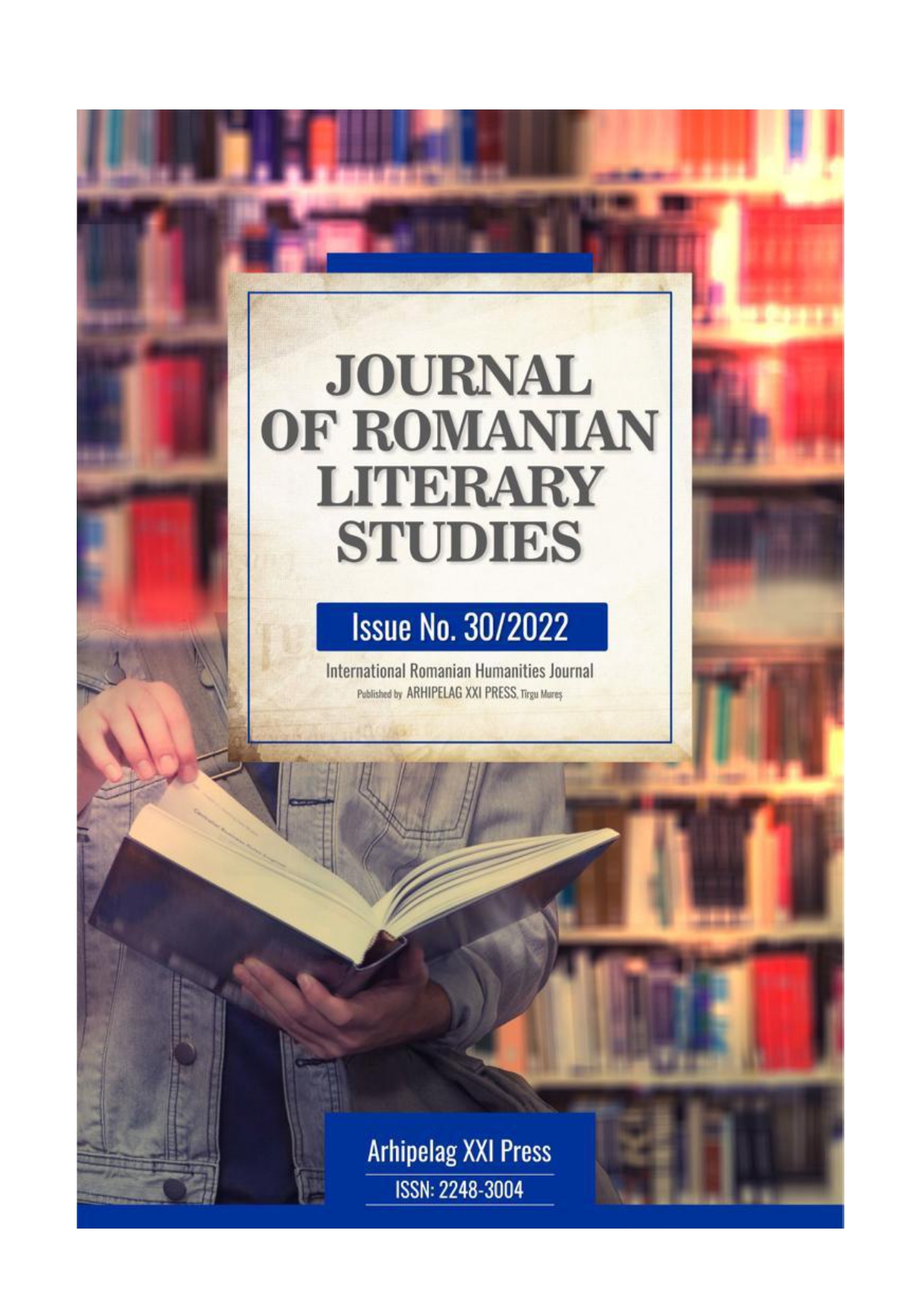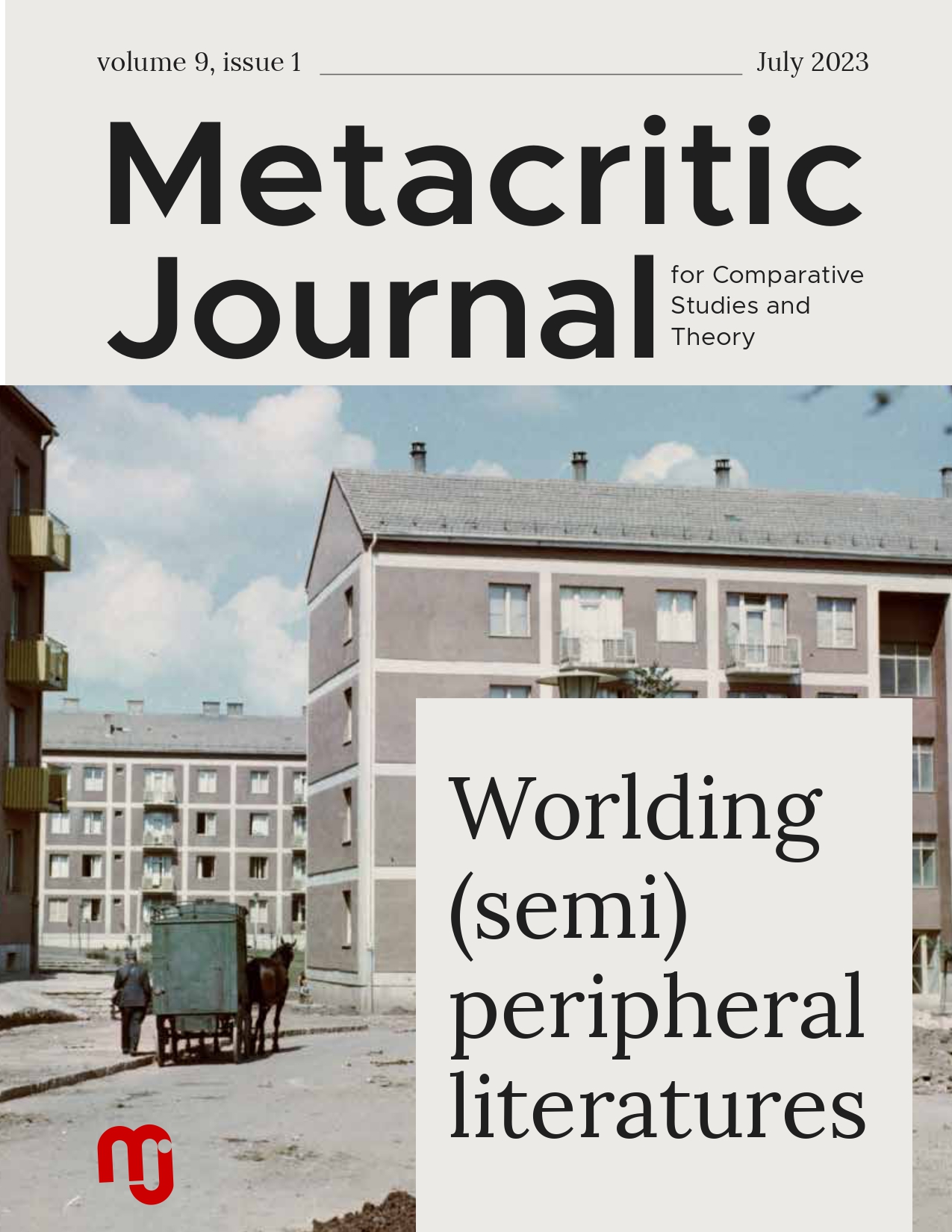
In the Literary Neighborhood: The Translated Romanian Novel in (Ex-)Yugoslavia (1918-2020)
This article investigates the literary institutions that facilitate the dissemination of the Romanian novel in (the former) Yugoslavia between 1918 and 2020. My approach consists of a two-fold analysis: quantitative and sociological. While a quantitative methodology is employed to extract information regarding the extent to which the Romanian novel was translated in the neighboring literary periphery, sociological analysis is required to properly identify and examine the literary institutions that are involved in the cross-peripheral circulation throughout the twentieth-century and the first two decades of the new millennium. What these two-fold analysis shows is: 1) that the gradual increase of the translated novels is a result of the development of a literary infrastructure in the source culture and 2) that the literary institutions open up direct routes of transfer, which proves that the mediation through a core literature is rather the exception than the rule in the case of literary encounters between Romania and (the former) Yugoslavia.
More...
